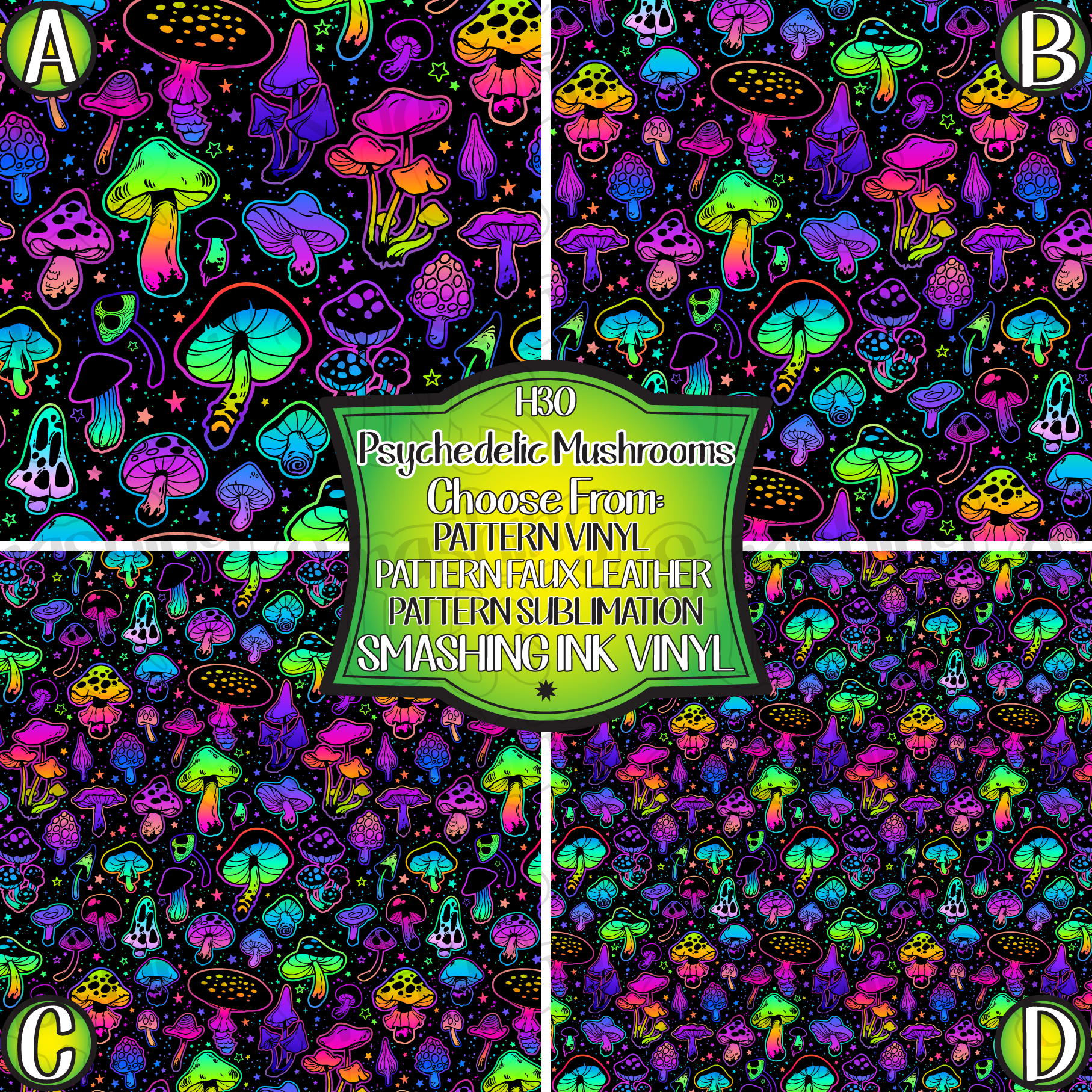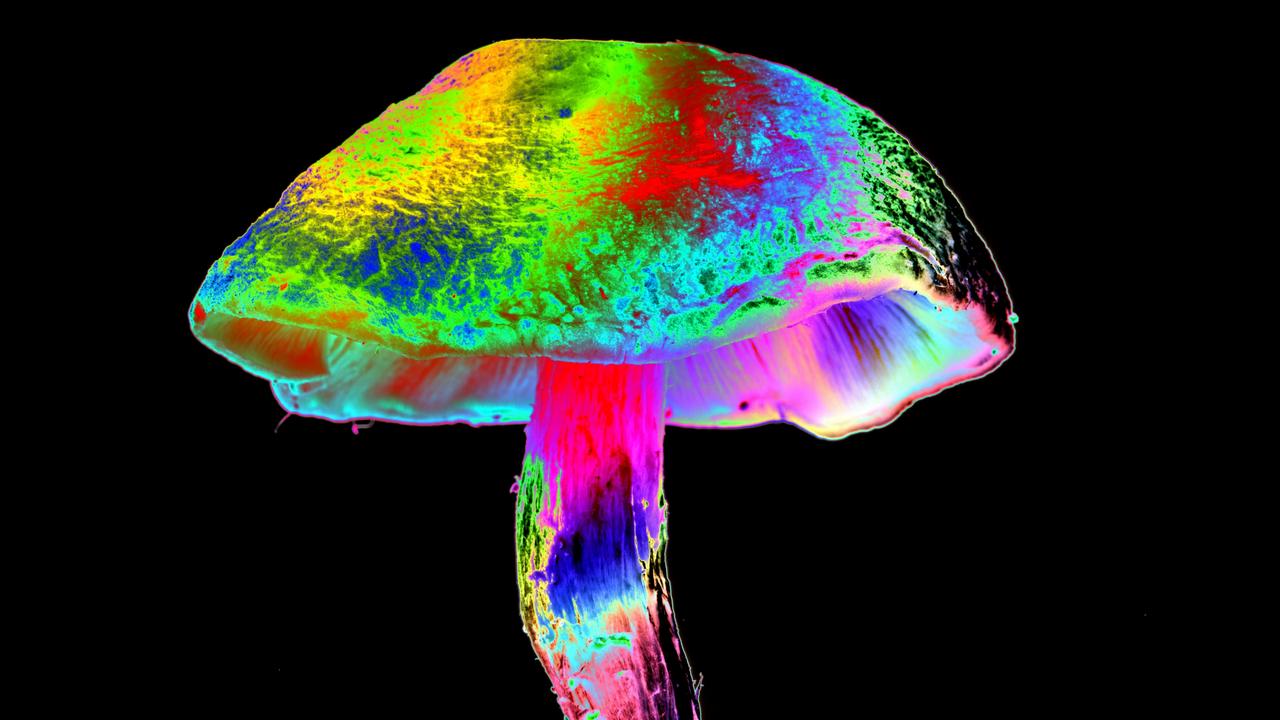Learn More About Golden Psycho and Its Influence.
Learn More About Golden Psycho and Its Influence.
Blog Article
Everything About Psychotomimetic Substances: Their Role in Psychological Research Study
Psychotomimetic substances, such as LSD and psilocybin, have garnered raising passion in emotional research for their ability to duplicate psychotic symptoms and offer understanding into various psychological health disorders. Their interactions within the mind, specifically via serotonin and dopamine pathways, suggest a facility partnership between consciousness and neurobiology that may open unique therapeutic opportunities. As scientists remain to explore their prospective applications, moral considerations surrounding their usage in clinical setups end up being extremely important, elevating vital questions about safety and notified approval that require more expedition.
Definition of Psychotomimetic Substances
In the realm of psychological research study, psychotomimetic compounds are substances that can induce impacts looking like those of psychosis, such as hallucinations, deceptions, and modified assumptions of truth - About Golden Psycho. These compounds can be identified into different groups, including hallucinogens, dissociatives, and particular stimulants, each creating unique mental effects
The pharmacological activity of psychotomimetic compounds frequently includes inflection of natural chemical systems, specifically those pertaining to serotonin, dopamine, and glutamate. For circumstances, compounds like lysergic acid diethylamide (LSD) largely act upon serotonin receptors, resulting in profound alterations in sensory understanding and cognition.
The energy of psychotomimetics in research hinges on their capacity to imitate psychotic signs and symptoms, offering a model for understanding the hidden systems of psychotic problems such as schizophrenia. By researching the results of these substances, scientists can acquire insights right into the neurobiological and psychological procedures that add to psychosis.
Furthermore, psychotomimetic substances have actually been explored for their therapeutic possibility in dealing with various mental health conditions, consisting of depression and stress and anxiety, highlighting their twin role in both research and prospective medical applications.
Historical Growth and Context
The exploration of psychotomimetic compounds has an abundant historical context that goes back to ancient people, where materials such as psilocybin mushrooms and peyote were used in spiritual and recovery techniques. These early uses typically linked with religious routines, suggesting an extensive reverence for the modified states of consciousness caused by these substances.
The mid-20th century noted a considerable switching point in the study of psychotomimetic compounds, especially with the synthesis of LSD by Albert Hofmann in 1938. The subsequent popularization of LSD in the 1960s militarized a wave of interest in both its emotional impacts and prospective restorative applications. Scientists started to examine how these compounds could simulate psychotic states, giving understandings right into mental disorder.
Nonetheless, the raising association of psychotomimetics with counterculture motions resulted in governing reaction, culminating in the criminalization of most of these compounds. Regardless of these challenges, the renewal of rate of interest in the therapeutic possibility of psychedelics in the 21st century has motivated restored research. This historical trajectory underscores the developing perception of psychotomimetic substances, transforming from sacred compounds to subjects of clinical query and, possibly, therapeutic promise.
Systems of Activity
Comprehending the devices of action of psychotomimetic compounds exposes the complex means these substances interact with the mind's neurochemistry. These compounds mostly exert their effects with inflection of natural chemical systems, specifically serotonin, dopamine, and glutamate. For example, several timeless psychedelics, such as psilocybin and LSD, primarily function as agonists at serotonin 5-HT2A receptors, bring about modified perception and cognition. This communication not just impacts sensory handling yet additionally enhances psychological and introspective experiences.
In addition to serotonin, dopaminergic paths are substantially influenced by compounds like mescaline and particular cannabinoids, which can cause transformed states of consciousness and changes in mood and motivation. In addition, the NMDA receptor antagonism observed with materials like ketamine highlights an additional pathway with which psychotomimetics may cause dissociative states and extensive alterations in assumed processes.
The neurochemical waterfalls started by these interactions result in facility and multifaceted emotional impacts. Understanding these devices is important for both the innovation of psychological research study and the restorative potential of psychotomimetic my blog compounds, as they provide understandings into the underlying neural correlates of modified states of awareness.
Current Research and Applications
Recent examinations right into psychotomimetic compounds have exposed a revival of rate of interest in their therapeutic applications, especially in the this areas of psychiatry and psychology. Scientists have begun discovering materials such as psilocybin, LSD, and ayahuasca for their prospective to relieve signs connected with various mental health and wellness disorders, consisting of anxiety, stress and anxiety, and PTSD.
Professional tests have demonstrated that, when provided in controlled environments, these substances can facilitate profound mental experiences, promoting psychological advancements and enhanced healing outcomes. For example, studies have actually revealed that psilocybin-assisted therapy can cause considerable decreases in treatment-resistant depression, with effects lasting for several months post-treatment.
Furthermore, psychotomimetic substances are being evaluated for their capability to promote neuroplasticity, potentially allowing for even more reliable rewiring of maladaptive thought patterns. These findings recommend that such compounds may act as adjuncts to conventional psychotherapeutic approaches, improving the efficacy of restorative treatments.
As research study proceeds, the focus is shifting towards comprehending the optimum does, restorative setups, and participant attributes that can make the most of the benefits of these compounds. This expanding area holds promise for transforming psychological health treatment paradigms and dealing with the restrictions of traditional psychological drugs.
Ethical Factors To Consider in Research

Browsing the honest landscape of research study including psychotomimetic compounds is essential to making certain participant safety and security and the stability of research end results. Researchers have to focus on informed permission, making certain that individuals totally understand the potential threats and advantages connected with the substances being examined. This consists i was reading this of giving thorough info regarding possible emotional effects, consisting of severe and long-term influences, and permitting individuals the opportunity to take out from the research study at any moment without charge.
IRBs assess study methods to guard participant welfare and copyright ethical criteria. Additionally, the capacity for threat need to be meticulously analyzed, especially when at risk populaces are entailed.
Privacy is one more critical factor to consider. Scientists have to apply durable procedures to secure individuals' identifications and information, specifically given the delicate nature of experiences related to psychotomimetic substances (About Golden Psycho). Ultimately, a dedication to moral practices not only fosters count on in between scientists and individuals yet additionally boosts the integrity and validity of the research study results, adding to the advancement of emotional understanding

Conclusion
To conclude, psychotomimetic compounds, specifically timeless psychedelics such as LSD and psilocybin, deal considerable insights right into emotional problems with their unique mechanisms of activity. Their therapeutic possibility in dealing with problems like anxiety and PTSD underscores the importance of continued research study in this field. Making certain moral criteria in research methods is vital for individual security and notified authorization, enabling for an accountable exploration of these substances' advantages and ramifications within psychological science.
Report this page